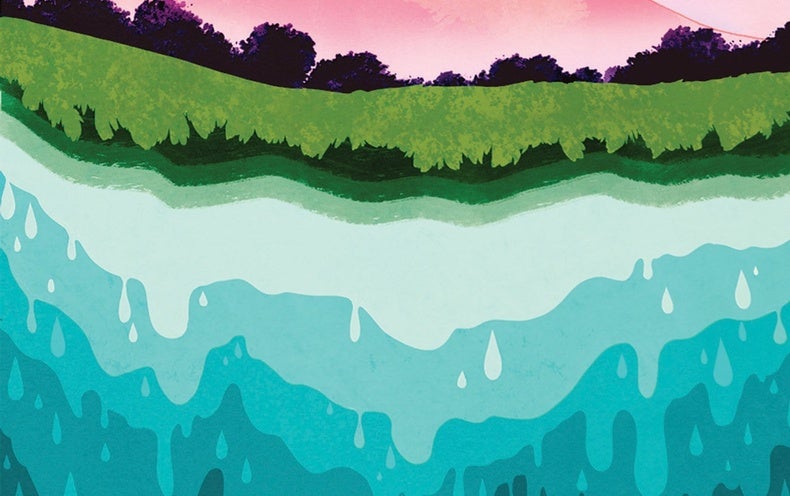Why Scientists Got the Fast Pace of Arctic Warming Wrong
Climate scientists have a surprising habit: They often underplay the climate threat. In 2007 a team led by Stefan Rahmstorf compared actual observations with projections made by theoretical models for three key climate variables: atmospheric carbon dioxide, global average temperature and sea-level rise. While the projections got CO2 levels right, they were low for real temperature and sea-level rise. In 2008 Roger Pielke, Jr., found that sea-level rise was greater than forecast in two of three prior Intergovernmental Panel on Climate Change reports. In 2009 a review of hundreds of papers on climate change identified several areas where scientists had lowballed event predictions but none in which they had overestimated them.
In 2013 researcher Keynyn Brysse, then at the University of California, San Diego, along with other colleagues and me, pointed out that these underestimates represent a kind of bias. Scientists tended toward lower projections because they did not want to be accused of making dramatic and exaggerated claims. The articles reporting the underestimates have been widely cited, so one might think that by now scientists would have taken corrective steps.
Continued here